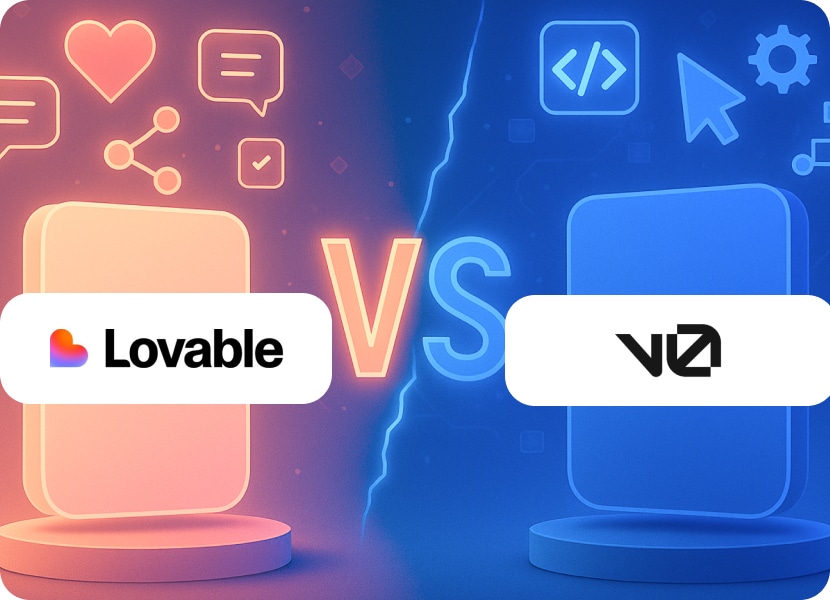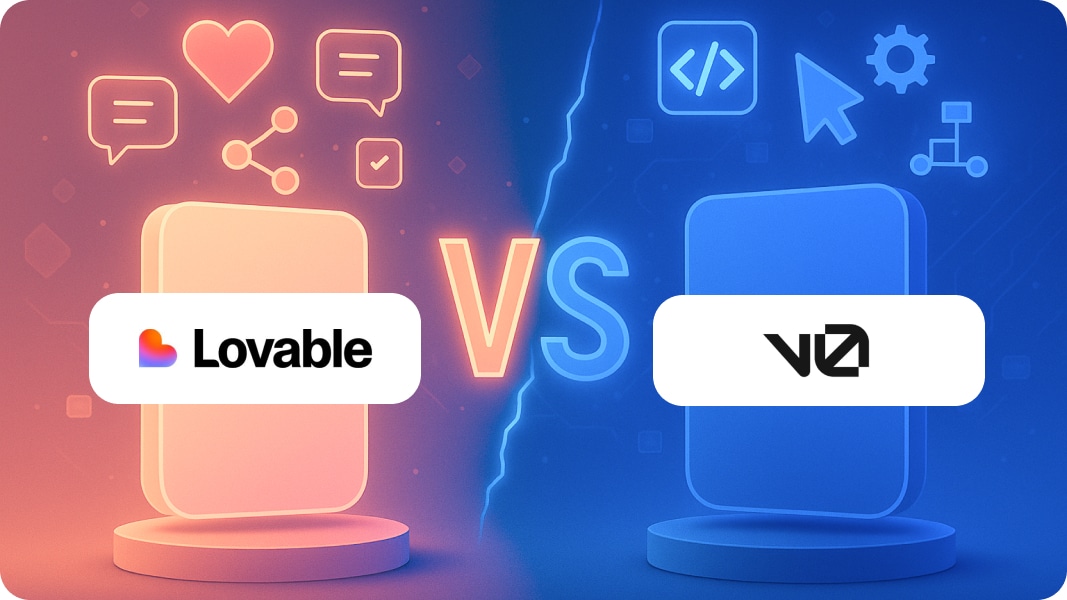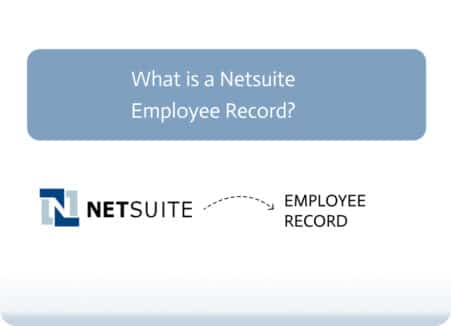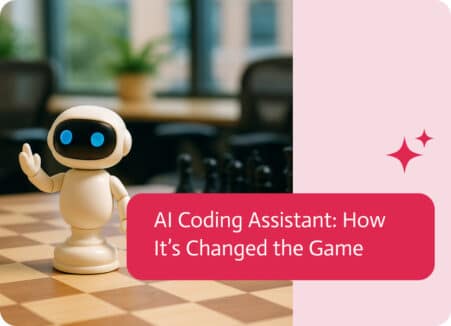

Lovable VS V0: The Full-Stack Ambition and Perfect UI Battle
Watching Lovable vs V0 fight for the title of best vibe coder is almost like watching a theatre production. Someone is promising to build your whole application, including the database, AI amenities, and deployment, all in one conversation. The other has become Vercel’s golden child by making UI parts that are so well-made that they look like they were made by a designer who is obsessed with pixel spacing.
Lovable vs. V0 Overview
Let’s get right to the point of this comparison without any diplomatic nonsense. Both platforms are very, very good at vibe coding. They fix problems that are very different from each other. And if you choose the wrong one for your needs, you’ll waste time that you’ll never be able to get back.
Lovable: The Vibe Coding Unicorn
The mere fact that Lovable raised $200 million in July 2025 at a $1.8 billion valuation is what makes it so incredibly interesting right now. It became an AI unicorn less than a year after it launched. For those of you who don’t know what a unicorn is, it essentially refers to a startup that managed to reach a $1 billion valuation without being listed publicly. That’s not just small success, it’s investors putting a lot of money on the line that Lovable’s idea of vibe coding is the way of the future.
The platform has just set its Agent Mode as the default experience. This cut down on errors by 91% when making complicated multi-step changes to files. Agent Mode understands your codebase, fixes problems, runs complicated multi-step edits across files, works with outside tools, and cuts down on mistakes by 91%.
What Makes Lovable Explosive Right Now
The launch of Lovable Cloud and Lovable AI simultaneously is what changed the platform’s capabilities in a tremendous way. With Lovable Cloud & AI, you can ship full-stack, AI-native apps with just a few prompts, and you don’t need any external dashboards or configuration screens. Now, everything that used to need technical setup, databases, authentication, file storage, and API integrations happens automatically through conversation thanks to vibe coding.
Want to make a social app where people can make profiles and send messages? Just say what it is. Lovable Cloud makes apps with user profiles, as well as community platforms with posts, comments, and mod functionality. Want AI with features like making avatars or figuring out how people feel? Lovable AI uses Gemini to let you add them to your app without having to generate keys, manage multiple billing relationships, or deal with multiple formats of data.
So it has React and Next.js, but the platform now works with Vue, Angular, Svelte, and Flutter frameworks as well. You can customize your stack according to projects in the “Advanced Settings” panel. You’re not stuck with one choice of technology.
The hype is based on real-world effects, proven by the fact that more than half of the Fortune 500 companies use Lovable to “supercharge creativity.” The business made $100 million in annualized sales within eight months of opening, and the number of clients choosing to stay with them is still insanely high. People aren’t just trying vibe coding with Lovable, they’re loving it. (Sorry, I had to.)
The platform added real-time analytics, which let you see how many people visited, how many pages they viewed, and how engaged they were with Lovable. The data changes almost in real time, giving visibility to fix problems or just celebrate your first users.
Lovable’s Shortfalls
After a report in April 2025 about “VibeScamming” vulnerabilities, Lovable added its new end-to-end encryption, automatic security diagnostics, and user-controlled data policies, with two-factor authentication now being a standard feature. That security overhaul was definitely needed, but it showed that fast AI-generated development doesn’t come without any risks, as is the case with normal development.
The developer feedback is very honest: “It’s a supervised assistant, not what you would call an autonomous dev. This is great for MVPs but not for software that needs to grow.” One engineer who tested Lovable said it was great for quick UIs and simple dashboards, but not good enough for complicated functionalities that need a lot of code changes.
The platform’s strengths limit what it can do. Lovable is great for apps that follow its patterns, like dashboards, social networks, and CRUD apps. When specific architectural or technical know-how is needed, you’ll have to fight the platform instead of going with it.
V0: The Front-End Factory at Vercel
V0 does the opposite of vibe coding: it focuses on doing one thing really well. That one thing is making React components with Tailwind CSS from prompts written in plain language. V0 is an AI-powered UI generator that makes React components with Tailwind CSS from natural language prompts. It is only for frontend development.
The experience is really smooth. When you describe a pricing table, V0 instantly makes several design changes. You can say things like “make the buttons bigger” or “change to dark theme,” and it will change right away. The chat interface is like working with a designer who understands what you want right away and gives you results that are exactly what you asked for.
What V0 Nails
The platform works perfectly with Shadcn UI and Tailwind CSS to make components that are easy to use and change. You can upload design mockups or Figma files, and V0 turns them into working code. This cuts down on the time it takes for designers to hand off their work to developers.
V0 fits in perfectly if you already use Next.js and deploy on Vercel. Push the code you made to GitHub and deploy it to Vercel without having to set anything up. The integration with the Vercel ecosystem is very smooth.
Prices are clear: V0 has a free tier with 200 credits, and paid plans start at $10 a month for 1,500 credits. V0 has a free tier with 200 credits. Paid plans start at $10 a month for 1,500 credits and go up to $50 a month for 10,000 credits. There is a $30 per user per month plan for teams that lets them work together.
Using V0, teams like Ingo made their Resume Builder product. They used it to make their pricing page. These aren’t just fun projects; real companies are using V0 to make production interfaces.
Where V0 Stops Working
V0 only works on front-end development, so it won’t make a backend for you. You’re getting the user interface, but not the business logic, database operations, or server infrastructure. It can work with other APIs, but you have to write the code that connects them.
The platform is best for quick ideas, small, fast projects, personal homepages, and simple utilities that don’t need a lot of logic. V0 reaches its limit when requirements go beyond simple rules.
V0 is powerful, but it may need to be fine-tuned by hand for complicated interactions or to meet accessibility standards. For complex interactions or to meet accessibility standards, V0 may need to be manually improved, which can lead to big code blocks that need to be simplified or debugged.
One user put it best when they said, “Been vibe coding for 5 months, but went back to no-code.” It was tiring to debug and fix errors in AI-generated results because they were so unstable. Long-term maintenance was even more frightening.
The Lovable vs. V0 Truth Bomb
In the Lovable vs. V0 comparison, it’s not easy to say, but they aren’t competitors. In the vibe coding ecosystem, they meet very different needs.
Pick Lovable when
- you need a full, working app, not just the UI.
- Databases, backend functionality, and authentication are all must-haves, not nice-to-haves.
- Your vibe coding says, “Make me a real app that I can use and deploy.”
- You want AI features to be built in naturally, without any technical setup.
- Team members who aren’t technical need to be able to build and change apps.
- Your apps need to do things, not just look nice.
Choose V0 if:
- Your backend is already there and works perfectly.
- You need beautiful UI parts made quickly.
- “Help me build beautiful interfaces quickly” is what your vibe coding means.
- You are in the Vercel ecosystem and want things to work together well.
- Your team’s developers will take care of the backend logic and integrations.
- You’re trying out AI-assisted development on a tight budget.
Lovable vs V0: Smart Teams of Hybrid Reality
Design teams make prototypes of interfaces in V0 to test out different visual styles and get feedback from stakeholders. The vibe coding speed lets them quickly make changes to designs without needing help from developers.
Once the visual direction is clear, product teams use Lovable to make the real app with all the backend logic, data storage, and business workflows that the interfaces need to work.
This layered vibe coding strategy takes advantage of each platform’s best features without making either tool do something it isn’t good at.
When Noca Comes Into Play
Lovable makes full apps, and V0 makes beautiful UIs. Noca, on the other hand, looks at vibe coding from the point of view of enterprise orchestration.
Noca is great for applications that need to work closely with old business and legacy systems. Lovable makes new apps from scratch, and V0 focuses on frontend components. Noca, on the other hand, makes apps that manage workflows across your existing infrastructure.
Imagine the vibe coding landscape in three different ways: Lovable makes new apps quickly, V0 makes the UI beautiful, and Noca connects everything you already have. Different organizational challenges call for different strengths.
The Bottom Line on Lovable vs. V0
The comparison between Lovable and V0 shows that the two environments have very different ideas about what vibe coding should do.
Lovable got $200 million to be your full-stack AI engineer. In just eight months, the platform made $100 million in annual recurring revenue (ARR), and more than half of the Fortune 500 companies used it. This isn’t a prototype tool; it’s production infrastructure that bets on the future of conversational app development.
V0 was Vercel’s answer to fast UI development, making beautiful React components that look like they were made by a professional. It won by doing one thing very well and working perfectly with Vercel’s deployment infrastructure.
In the world of vibe coding, neither platform is better than the other. They’re made to work best on very different types of problems. The Lovable vs. V0 choice you make depends on what you want to build.
Want a full app with a backend, a database, authentication, and AI? Adorable. Do you need beautiful UI parts for an app that already has a backend? V0.
Want team members who aren’t tech-savvy to make real apps? Adorable. Want developers to make beautiful interfaces faster? V0.
Quickly testing business ideas by building MVPs? Lovable’s full-stack method wins. Are you making design systems and component libraries? V0’s focus on UI works.
The vibe coding revolution isn’t about one platform being the best. It’s about having the right tool for each problem, each team’s skills, and each step of your development journey.
Lovable vs. V0 FAQs
Can complete beginners use either platform well?
Lovable: Yes, of course. Agent Mode reads requests and understands your codebase, which cuts down on errors by 91% and makes it easy for people who don’t code to use. V0: Yes for UI design, but you’ll need help from a developer for everything else.
Which one gets me to a working app faster?
Lovable for full apps: tell them what you want and they’ll have a working app up and running in a few hours. V0 for just the UI layer makes beautiful interfaces right away, but you have to do the backend work yourself.
How do the prices differ between Lovable and V0?
Individuals pay $10 to $50 a month for V0, and teams pay $30 per user. Lovable: The Pro plan starts at $25 per month and has flexible tiers. The Teams plan starts at $30 per month. Both have free levels. The total cost depends on how much you use it.
Is it possible to export code and keep working on it somewhere else?
Yes for both. Lovable works with GitHub to make exporting easy. You can push code that you made to GitHub and deploy it to Vercel with V0. Neither platform keeps you locked in for good.
Which platform is better at handling more complicated tasks?
Lovable for its complexity, it can handle full-stack apps with databases, authentication, and business logic. V0 for UI complexity makes beautiful, complex component libraries, but it doesn’t deal with backend issues.
What happens if I get too big for either platform?
Lovable: You can export to GitHub and keep working on it in traditional environments, or you can give it to developers. As your app gets more users, Lovable Cloud grows with it, so there is never any downtime. V0: Export parts and add them to bigger apps that your developers are making. Both make it clear how to get out.


